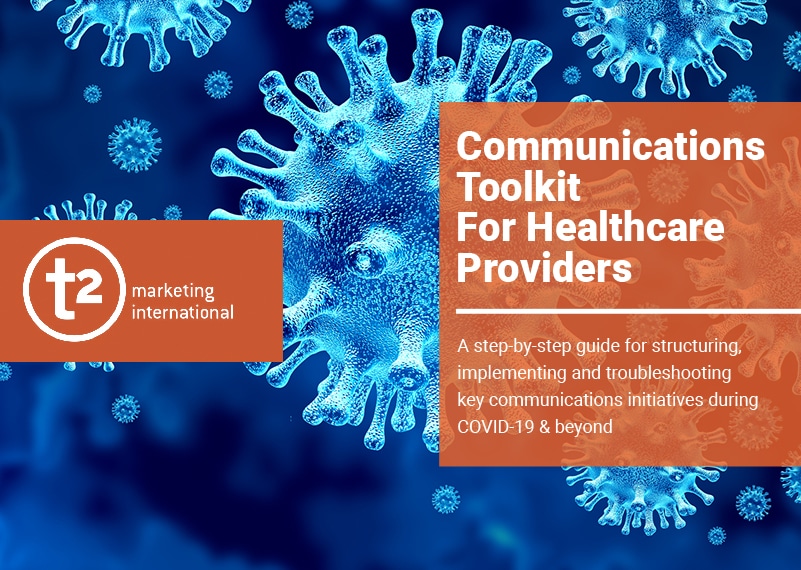Daily Minute Master Series – June 4, 2020
Social Media
First Twitter, Now Snapchat: Trump’s War on Social Media Has a New Target
Donald Trump’s campaign expanded its war against Silicon Valley tech companies on Wednesday to include Snapchat, blasting the platform for taking some of the most aggressive measures yet to curtail Trump’s incendiary rhetoric. Snapchat’s parent company, Snap, on Wednesday said that it would stop promoting Trump’s campaign account on its Discover tab, which has been a strategic priority for Trump to reach the younger voters who are Snapchat’s core audience. That decision provoked a searing statement from Trump’s campaign manager and instantly made Snapchat and its CEO a flashpoint in the escalating fight between Trump and tech.
For the full article click here
Snapchat Rolling Out Dynamic Ads Globally
For the full article click here
Marketing
For the full article click here
Pro Tip: Here’s How You Need to Work with Influencers on TikTok
Similar to other social media platforms, TikTok influencers are an important (and “influential”) part of the ecosystem. Working with influencers – or “creators,” as they prefer to be called on TikTok – is an effective, relatively low-risk and low-investment entry point for brands into the platform. And TikTok influencers are significantly more affordable than those on other platforms, due to the relatively small number of brands who have started to tap them. Executing an influencer campaign on TikTok is structurally similar to running influencer campaigns on other platforms, but creatively it’s quite different. So is the talent pool. Because of the platform’s relative infancy, TikTok influencers are usually newer to their fame and are still genuinely enthusiastic to be approached by brands.
For the full article click here
13 Top Tips For Creating An Effective Account-Based Marketing Strategy
Account-based marketing (ABM) has been around for a long time but has fallen out of favor within the industry lately. However, with more companies moving toward individual-based marketing approaches, we’re likely to see ABM surge in popularity soon. Already, businesses are uniquely aware of how cost-effective the procedure is. The benefits to a business’s ROI are also hard to argue against.
For the full article click here



